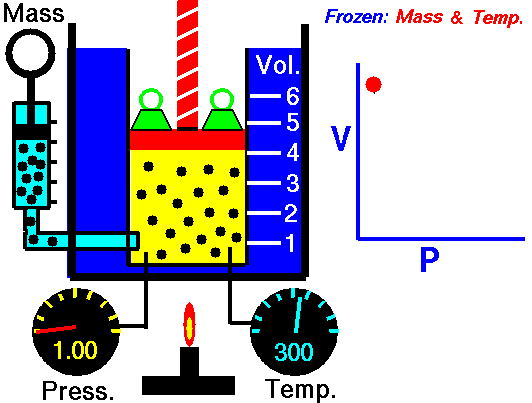Message from the Editor-in-Chief
The ear canal is an amazingly complex structure
In virtually every audiology clinic in the world, we will probably find a large framed picture or poster of the human ear's various parts. And the outer ear will usually be shown as an almost straight cylinder, perhaps with a gradual S-shaped curve. This is great for explaining where hearing loss may occur to our clients, but this oversimplification would make Robert Boyle roll over in his grave (or if you studied in France, Mariotte).

By NASA's Glenn Research Center - http://www.grc.nasa.gov/WWW/K-12/airplane/aboyle.html, Public Domain, https://commons.wikimedia.org/w/index.php?curid=4448761
Boyle was the discoverer of Boyle's Law, and I am always so surprised by this coincidence that Boyle discovered Boyle's Law! Simply stated, volume is inversely proportional to pressure, or more specifically sound level- the smaller the occluded volume of air, the higher the generated sound level will be. This, of course, is why if a client needs more amplification than their current hearing aids will provide, a longer earmold (that reduces the residual volume in the occluded ear canal) will generate 4–5 dB more amplification. This is a well-known and well-studied reason why RECDs change as a function of age in infants and young children.
A lesser-known corollary of Boyle's Law is that this increase in sound pressure with a smaller residual ear canal volume is frequency-dependent. Because the tympanic membrane is a flaccid structure, there will be very low impedance for the lower frequency region, especially if the child has had a long history of middle ear dysfunction. This would reduce the low-frequency output that can be generated in an occluded ear canal. The hearing aid "sees" a larger volume because the tympanic membrane is acoustically transparent in these cases in the lower frequency region- one more reason to perform RECDs often, especially on young children.
And this change in RECD is why real ear measurement is so important, not only for verification but also for ensuring that speech is sufficiently audible, but that the prescriptive technique does not specify outputs that exceed the tolerance level, even one that can cause subsequent hearing loss.
Elizabeth Walker, Kathryn Wiseman, and Ryan McCreery have written an important article on this topic, "Keeping amplification levels safe for children with hearing loss," which discusses the strengths and limitations of several previous studies that rely on only dB HL and not RECD, or whose conclusions were perhaps erroneously based on mathematical models.
Although I would love for everyone to read all of the articles and columns in this issue of CanadianAudiologist.ca, if you only have time currently to read one article, "Keeping amplification levels safe for children with hearing loss" is a must-read.
A related article in this issue is "Discover the standards for "Safe Listening," past, present, and future", by Masahito Kawamori, Lidia Best, and Mark Laureyns. As the title suggests, it overviews the historical approach to determining the maximum level (actually should be noise dosages) from the time of Kryter's excellent work in the 1950s. With the advent of a transducer that is fit in an occluded ear canal such as insert earphones for portable music, the sound level will again be related to Sir Robert Boyle's 17th-century discovery.
Depending on where you live in Canada and your workplace's nature, we should be getting our vaccinations, hopefully, sooner than later. I wish health to everyone and hope everyone has a safe spring season.
Best regards, Marshall Chasin AuD
Doctor of Audiology,
Editor-in-Chief

